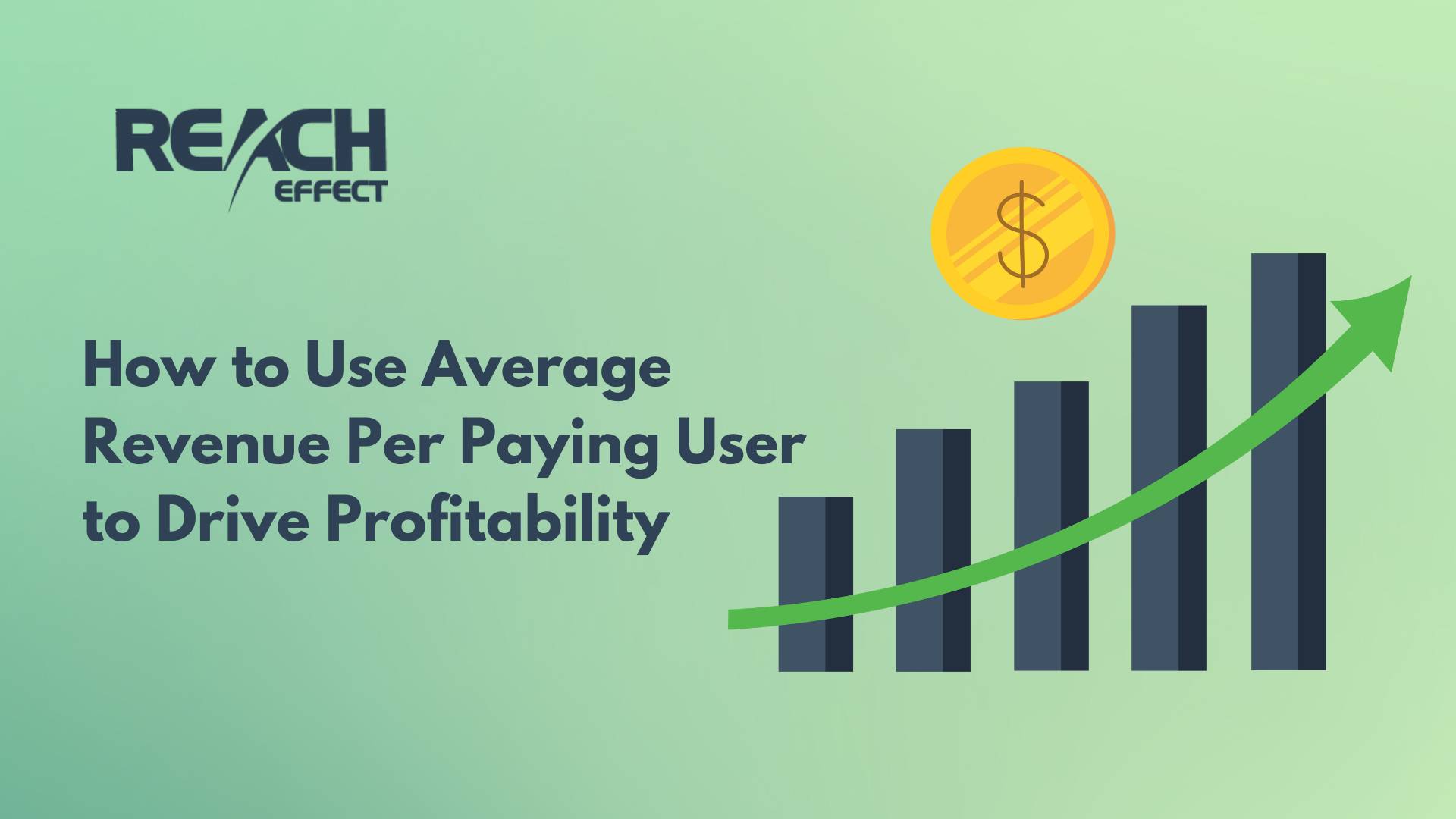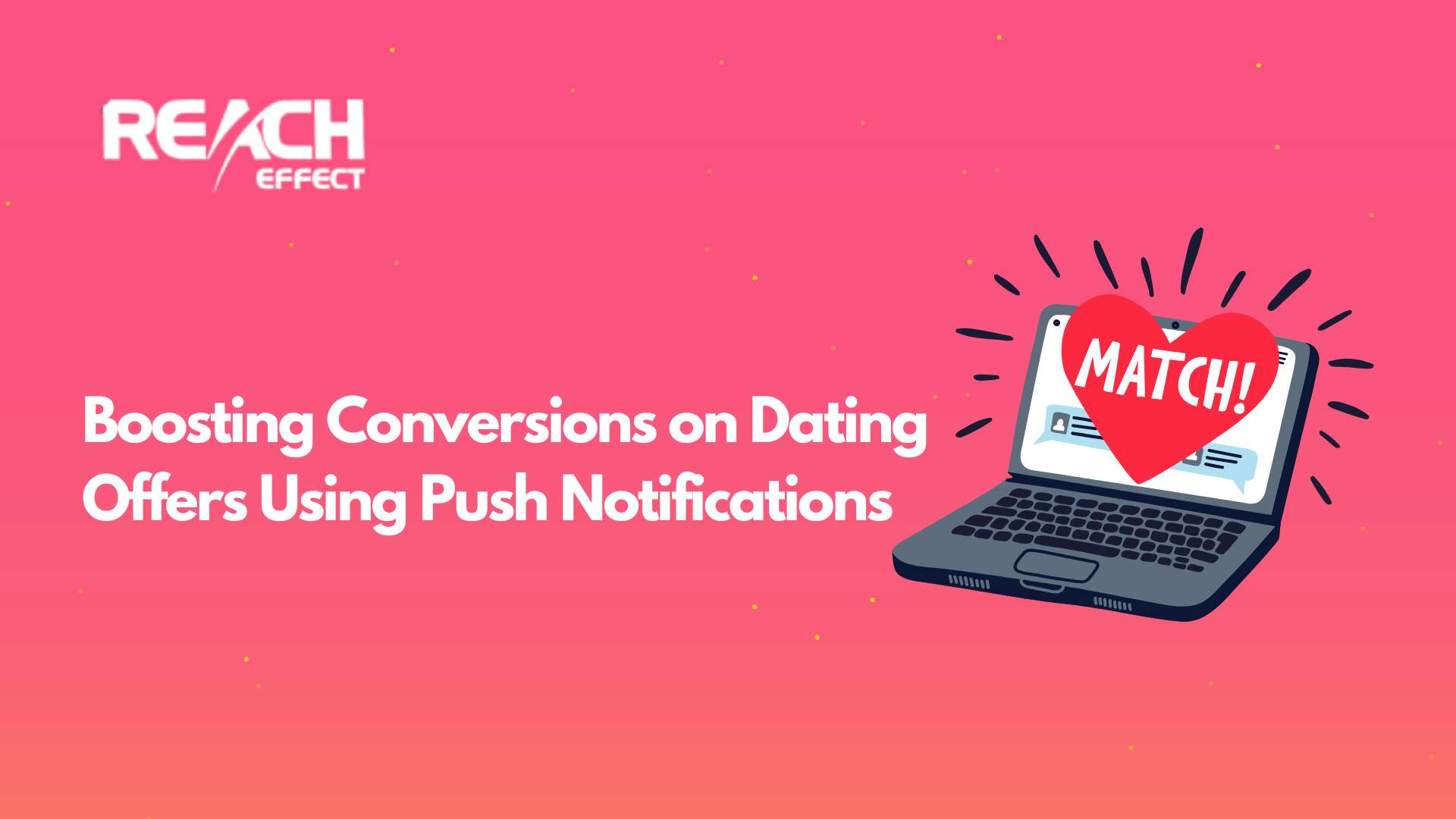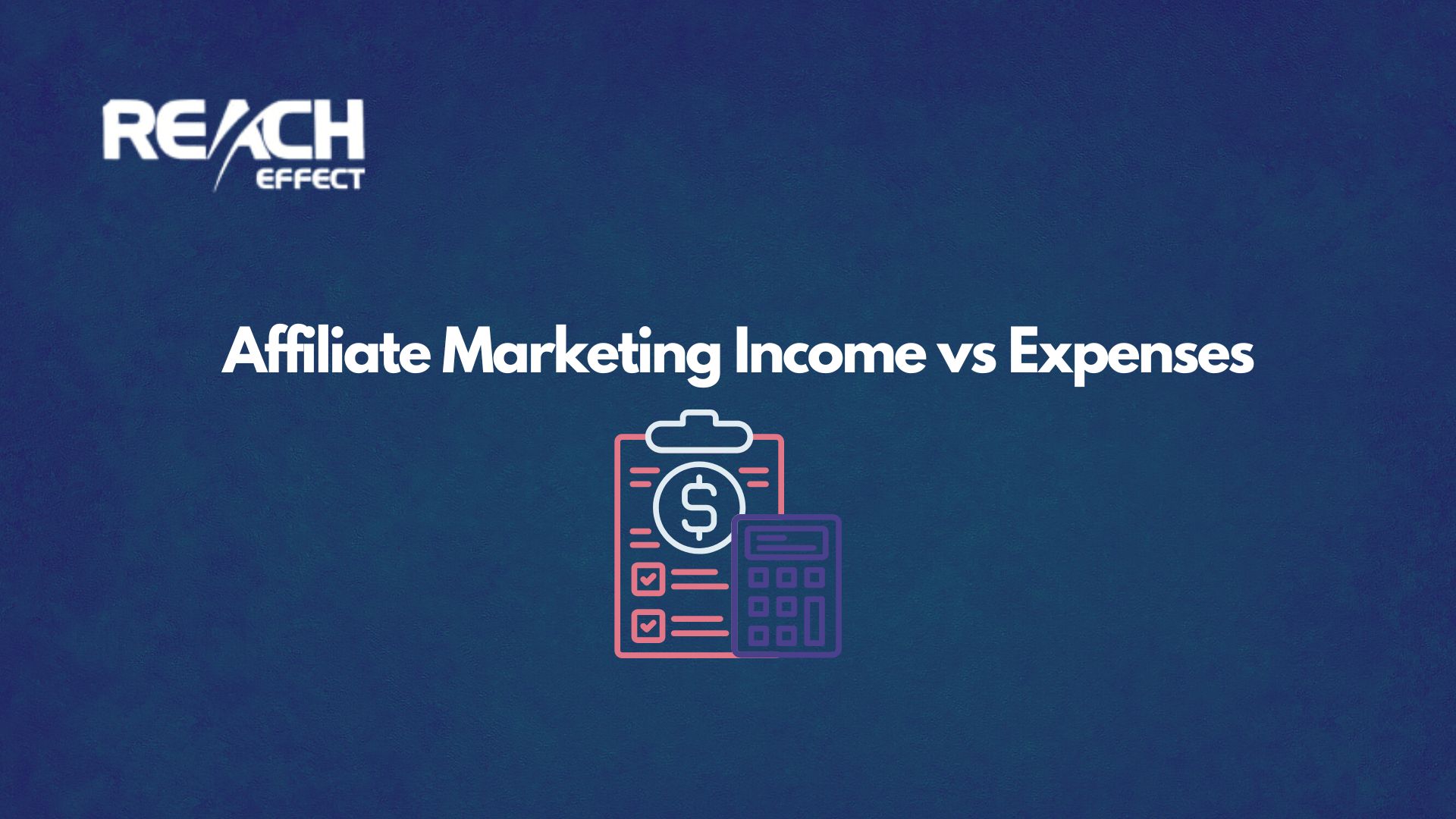If you’re running a business with paying customers, you’ve likely come across various metrics to measure success. One that stands out for its clarity and usefulness is Average Revenue Per Paying User, or ARPPU. This metric tells you how much revenue each paying customer brings in, on average. It’s a simple yet powerful way to figure out how to grow your profits.
In this article will walk you through what ARPPU is, why it’s a game-changer, and how you can use it to make your business more profitable. Let’s dive in and explore how this number can work for you.
Understanding Average Revenue Per Paying User
So, what exactly is Average Revenue Per Paying User? It’s the average amount of money you earn from each customer who pays for your product or service. Unlike some other metrics that lump all users together, ARPPU zeros in on just the paying ones. This focus makes it a sharper tool for understanding the value of your active spenders.
Picture this: if your business earned $20,000 last month and you had 200 paying users, your ARPPU would be $100. That’s $20,000 divided by 200. Simple, right? This number gives you a clear snapshot of how much each paying customer contributes, which is key to making informed decisions about your pricing, products, and marketing efforts.
Why Average Revenue Per Paying User Matters
Why should you care about ARPPU? Because it’s directly linked to your profitability. It’s not just a random stat, it’s a window into how well your business is doing with its paying customers. Here’s why it’s worth your attention:
- It highlights customer value. ARPPU shows you how much each paying user is spending, helping you decide if your pricing makes sense or if there’s room to adjust.
- It shapes your marketing. A high ARPPU might mean you should focus on finding more paying users, while a lower one could suggest you need to encourage current users to spend more.
- It fuels growth. Tracking ARPPU over time lets you spot patterns, tweak your approach, and keep your revenue on an upward trend.
How to Calculate Average Revenue Per Paying User
Calculating ARPPU is a breeze. You only need two pieces of info: your total revenue and the number of paying users. Here’s the formula:
ARPPU = Total Revenue / Number of Paying Users
For example, if you brought in $75,000 last month and had 500 paying users, your ARPPU would be $150. That’s $75,000 divided by 500. It’s a quick calculation that tells you a lot about your business. Once you’ve got this number, you can start thinking about how to make it even better.
Practical Ways to Boost Average Revenue Per Paying User
Knowing your ARPPU is just the start. The real trick is using it to drive profitability. Here are some friendly, actionable strategies to increase your Average Revenue Per Paying User and grow your bottom line:
1. Introduce Premium Options
Give your customers something extra to spend on. Adding premium features or higher-tier plans can nudge your ARPPU upward. Think about what would make your product or service even more valuable, maybe exclusive content, faster support, or advanced tools. If you make these upgrades tempting, your users will be happy to pay a bit more.
2. Master Upselling and Cross-Selling
Upselling means convincing a customer to go for a pricier version of what they’re already buying. Cross-selling is suggesting related products they might like. Both are great ways to bump up your ARPPU. For instance, if someone’s buying a basic subscription, you could offer a deluxe version with added perks or pair it with a complementary service. Keep it relevant and helpful, and you’ll see results.
3. Keep Your Customers Around Longer
Happy customers stick around, and the longer they stay, the more they tend to spend. Focus on keeping your paying users satisfied with top-notch service, regular updates, and features they love. When they feel valued, they’re more likely to upgrade or keep their subscriptions active, which naturally lifts your ARPPU over time.
4. Play Smart with Pricing
Your pricing strategy can have a huge impact on ARPPU. If it’s too low, you might be missing out on revenue. Too high, and you could lose customers. Experiment with different models, like tiered plans or subscriptions to find what works best. Test and tweak until you hit that perfect balance where users feel they’re getting value and you’re maximizing profit.
5. Personalize with Data
Customers love it when you get them. Use data to figure out what they want and tailor your offers to match. For example, if someone’s always buying a certain product, suggest a bundle deal or a discount on something similar.
Mistakes to Steer Clear Of
As you work on boosting your Average Revenue Per Paying User, watch out for a few common slip-ups:
- Overlooking free users. They’re not part of ARPPU, but they could become paying customers down the road. Don’t ignore them completely.
- Making pricing too complex. Too many choices can overwhelm people. Keep it straightforward so they can decide easily.
- Tuning out feedback. Your customers’ thoughts can point you toward changes that lift ARPPU. Listen up.
- Chasing quick wins. Focus on building lasting value, not just short-term spikes in revenue.
Dodging these pitfalls will keep your strategy solid and sustainable.
FAQ: Average Revenue Per Paying User
Got questions about ARPPU? Here are five common ones with clear, friendly answers:
1. What does Average Revenue Per Paying User mean?
Average Revenue Per Paying User, or ARPPU, is the average amount of money you earn from each customer who pays for your product or service. It’s a way to measure how much your paying users contribute to your revenue.
2. How do I figure out my ARPPU?
It’s easy. Take your total revenue and divide it by the number of paying users. For instance, if you made $30,000 from 300 paying users, your ARPPU is $100.
3. Why should I care about Average Revenue Per Paying User?
ARPPU matters because it shows how valuable your paying customers are. It helps you tweak pricing, improve marketing, and grow profits by focusing on what drives revenue from those who pay.
4. What’s a good way to increase Average Revenue Per Paying User?
Try offering premium features, upselling or cross-selling, keeping customers happy so they stay longer, adjusting your pricing, or personalizing offers with data. These steps can all lift your ARPPU.
5. How does Reacheffect tie into Average Revenue Per Paying User?
Reacheffect offers tools to track and analyze ARPPU. It helps you understand your customers’ habits, run smarter campaigns, and make decisions that boost your profitability.
Final Thoughts
Average Revenue Per Paying User isn’t just a fancy metric, it’s a practical tool to help your business thrive. By calculating it, understanding what it tells you, and using strategies like premium offerings and better pricing, you can turn it into a profit driver. Keep your customers happy, use data wisely, and avoid common missteps, and you’ll be on your way to stronger growth.










